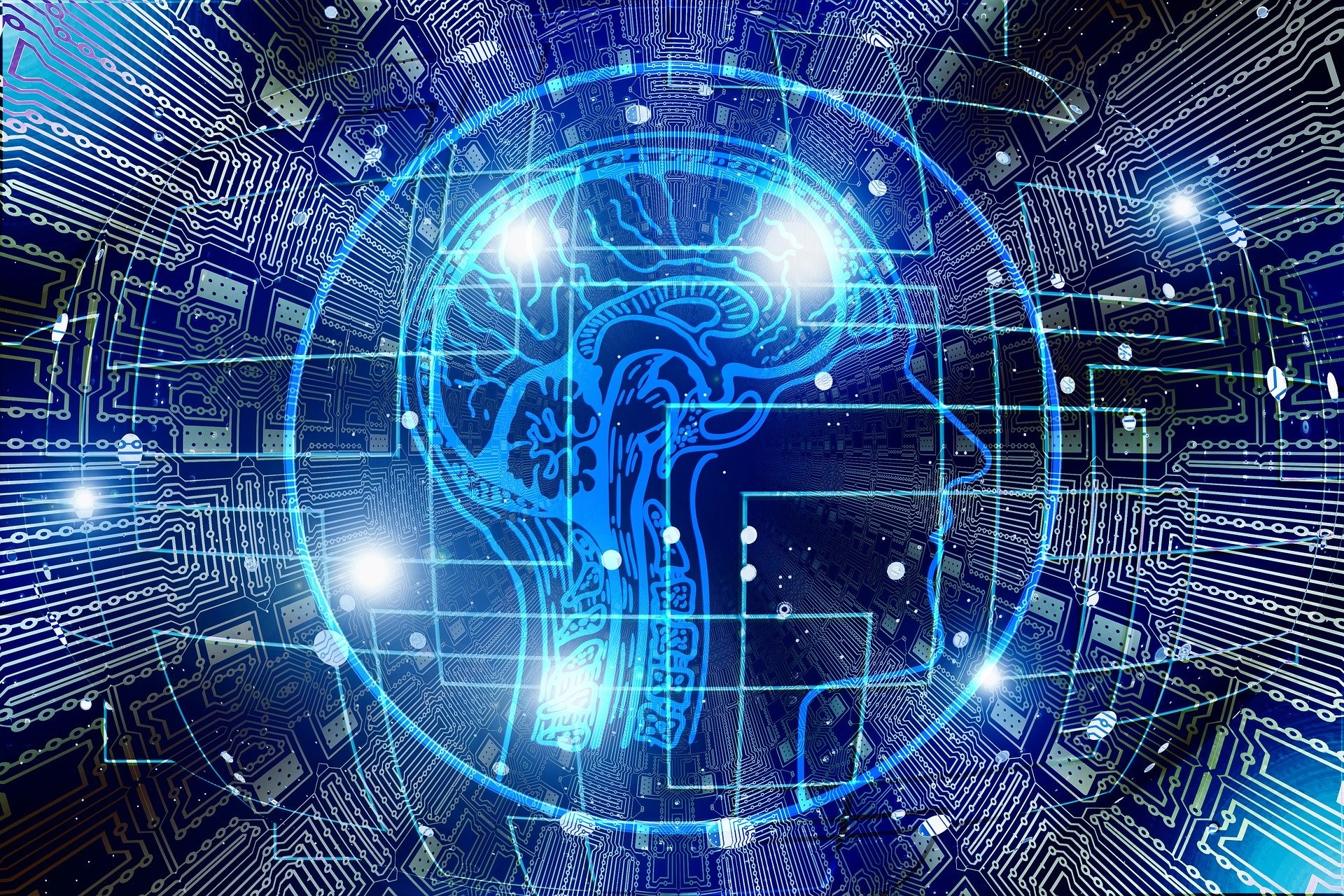GSAM: Investing where AI, energy, and politics intersect
GSAM: Investing where AI, energy, and politics intersect

By Jared Cohen, President of Global Affairs and Co-head of the Goldman Sachs Global Institute and John Goldstein, Global Head of Sustainability and Impact Solutions, Client Solutions Group
AI and renewable energy have grown rapidly in recent years; ChatGPT's 2022 launch marked the rise of generative AI and the clean-energy transition is accelerating due to record investments and government support. These developments are unfolding amid heightened geopolitical tensions, fueled by US-China rivalry, wars, and shifting global alliances.
Investors recognize that AI, clean energy, and geopolitics will shape the global economy, but the deeper interconnections between them are less understood. In this article we look at how these forces intersect, presenting both opportunities and risks as they evolve together.
Linking AI, the energy transition, and geopolitics
Processing a ChatGPT query is more energy-intensive than a google search, and with generative AI use expected to rise, data center power demand could increase by 160% by 2030. To meet this demand sustainably, the electricity grid must be upgraded to handle clean energy, utilities need to boost renewable power, and technologies like high-capacity batteries must advance. However, armed conflicts will continue to impact energy prices and supply.
AI may strain the energy system or help make it more efficient. Rising demand could accelerate the shift to renewables or lead to increased fossil fuel use. Investors need to understand these dynamics, as focusing on just one theme could cause them to miss opportunities and underestimate risks.
Evolution of power demand coming from AI, and what countries can do to meet it
In the first year after the release of ChatGPT, attention was on the shortage of high-performance chips. While the supply chain is improving, the new challenge is power, as AI systems consume significantly more energy than CPU-based data centers. It’s predicted that within 5 years, AI will account for 50% of hyperscale data center workloads, requiring a major shift in computing. Hyperscalers have already committed hundreds of billions of dollars to address this. When it comes to energy, there are many ways AI can make energy systems more sustainable; an all-of-the above strategy, including innovating in the energy space while responsibly using domestic energy resources will be essential.
Opportunities and challenges for investors
In looking for investment opportunities, it’s useful to identify areas where innovation and growth are essential to the success of the whole enterprise. The development of AI will require a sharp increase in available electricity and the ability to deliver that electricity. This is particularly true for renewable energy. Achieving these goals will entail changes to the transmission system.
The transition to clean energy will reshape the traditional energy market, with utilities at the center. Big tech companies, key drivers of AI growth, also have clean energy goals that may influence utilities' responses. This could speed up renewable energy development, spark new clean power innovations, and extend utilities' decarbonization timelines while increasing the role of natural gas.
Deglobalization and increased focus of many countries on self-sufficiency can change where investment opportunities arise
Global supply chains are becoming more divided, with impact on the entire world economy. China is following a “dual-circulation” model to gain leadership in critical technologies and become self-sufficient, while much of the West is seeking to “de-risk” supply chains and keep its own technological advantages over China intact, especially when it comes to AI. This trend isn’t going
away. We could see greater demand for chips and increased buildout of digital infrastructure due to global governments pursuing the sovereign AI model via resilient, self-sufficient supply chains.
Harnessing AI will require a massive infrastructure buildout, with significant opportunities for those who get it right, potentially shaping economic growth and geopolitics for decades. Currently, AI data centers prioritize reliable, abundant power over cost, but the challenge lies in using renewable energy like solar and wind, to run these systems. Hybrid solutions will be needed for now, but the key question for the future is who will build the gigawatt-scale data centers necessary for training advanced AI models, and where.
Concerns about AI and clean energy exacerbating inequality
Most people now live in a country with a national AI development strategy. Many countries also have a game plan for clean energy. Yet the effects of these two revolutions will not be the same everywhere. For example, developed markets on average are expected to see greater productivity gains from AI adoption than emerging markets.
The power demanded by new AI systems could widen the gap between advanced and developing countries. Overall, investment will continue to shift toward developed countries, potentially exacerbating the gap between advanced and developing countries’ power usage. This divergence isn’t inevitable, however: we’ll likely see many countries try to address these issues by forming new technology partnerships, including in the Global South.
